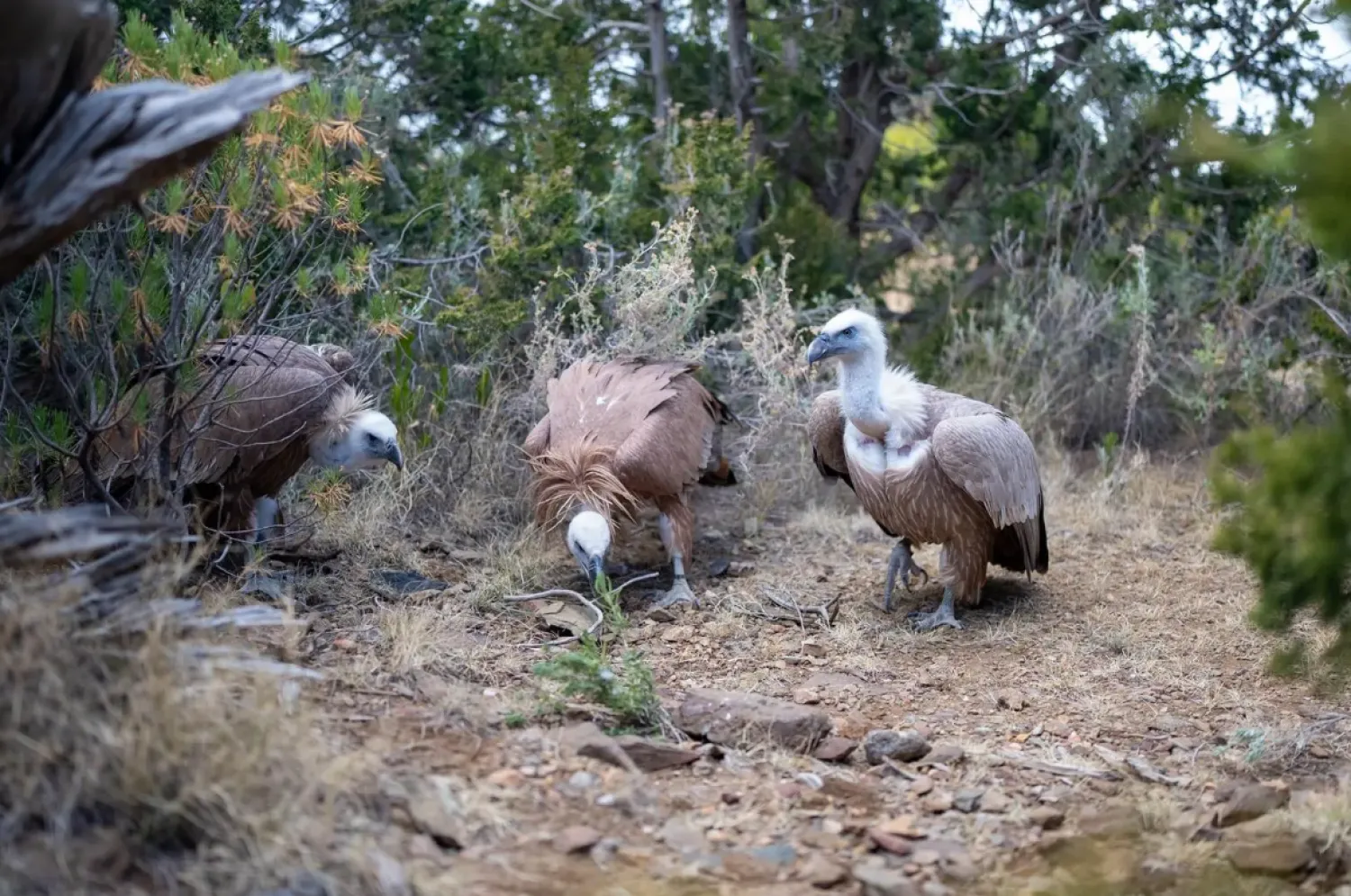In the days after wildfires devastated the Los Angeles area, a formerly stray dog named Jackie lucked into a new life. She was rescued from an overburdened shelter in Los Angeles County, where she faced possible euthanasia, and given a home far away in Juneau, Alaska.
But Jackie didn’t stay long.
The German shepherd-husky mix slipped her collar on the first day with her new family in mid-February and absconded to a pocket of forest. Since then, she has been living by her wits — eluding a trap that was set with food such as cheeseburgers or chicken by animal control workers and volunteers worried about her.
The forested area Jackie frequents is near a busy road. Further, black bears are starting to reemerge from hibernation, raising the potential the dog could have an unfortunate run-in. Volunteers have stopped putting out food and cat kibble to avoid attracting bears.
“Maybe this is what she wants, is to be free and feral like this,” said Thom Young-Bayer, a Juneau animal control officer. “It's not a safe way for her to live here.”
Young-Bayer and his wife, Skylar, have been searching in their free time, often at night, for the skittish canine, painstakingly trying to build trust with her. Jackie has been known to burrow into the soft moss on the forest floor for cover and to avoid looking directly into the Young-Bayers’ headlamps, making it hard to detect her eyes in the dark.
On videos Thom Young-Bayer has taken with his infrared camera, Jackie’s red heat signature resembles something out of the movie “Predator.”
On a recent day, Young-Bayer caught a fleeting glimpse of Jackie in the lush forest, her dark coat helping camouflage her movements among the stumps and roots. He surveyed the undergrowth and surroundings but came up empty — as did a nearby trap he had been monitoring for weeks.
When Young-Bayer returned to a trail where a fellow animal control officer had been waiting, he learned Jackie had trotted past on a frozen pond.
Lately Young-Bayer has been encountering Jackie on every visit. Young-Bayer says that's progress. Weeks ago, if Jackie saw someone, she would flee. He and his wife aren't trying to sneak up on the dog and want to help her feel safe, he said.
Juneau Animal Rescue, a local pet adoption agency that also handles animal control and protective services, has asked that people who see Jackie report their sightings. Given the dog's skittishness, officials want to limit those searching for her.
Little is known about Jackie's history. She was brought into a California shelter as a stray in early January, days before deadly wildfires swept through the Los Angeles area. She is believed to be 2 to 3 years old. Her intake forms listed her as quiet with a moderate anxiety and stress level.
Skylar Young-Bayer, who has volunteered with rescue groups in that region, helped arrange for Jackie and two other dogs at risk of being euthanized to be transferred to Juneau for adoption. Jackie was with a foster home before her adoption placing.
Other dogs have gained fame as fugitives, including Scrim, a 17-pound, mostly terrier mutt who was recaptured in New Orleans in February — in a cat trap — after months on the lam.
Mike Mazouch, animal control and protection director for Juneau Animal Rescue, noted Jackie didn't have much time to bond with her new family before bolting. Officers deemed trying to tranquilize her as too risky because they didn't know if they would be able to find her once she was sedated.
Mazouch accompanied Thom Young-Bayer to the forest last week to disassemble the trap when Jackie came within 50 feet (15 meters) of Mazouch on the frozen pond. Mazouch snapped a photo of her as she appeared between the skinny, tall trees. He called efforts to capture her a “battle of wills.”
“She is not willing to give up, and we're not willing to give up, either,” Mazouch said.









